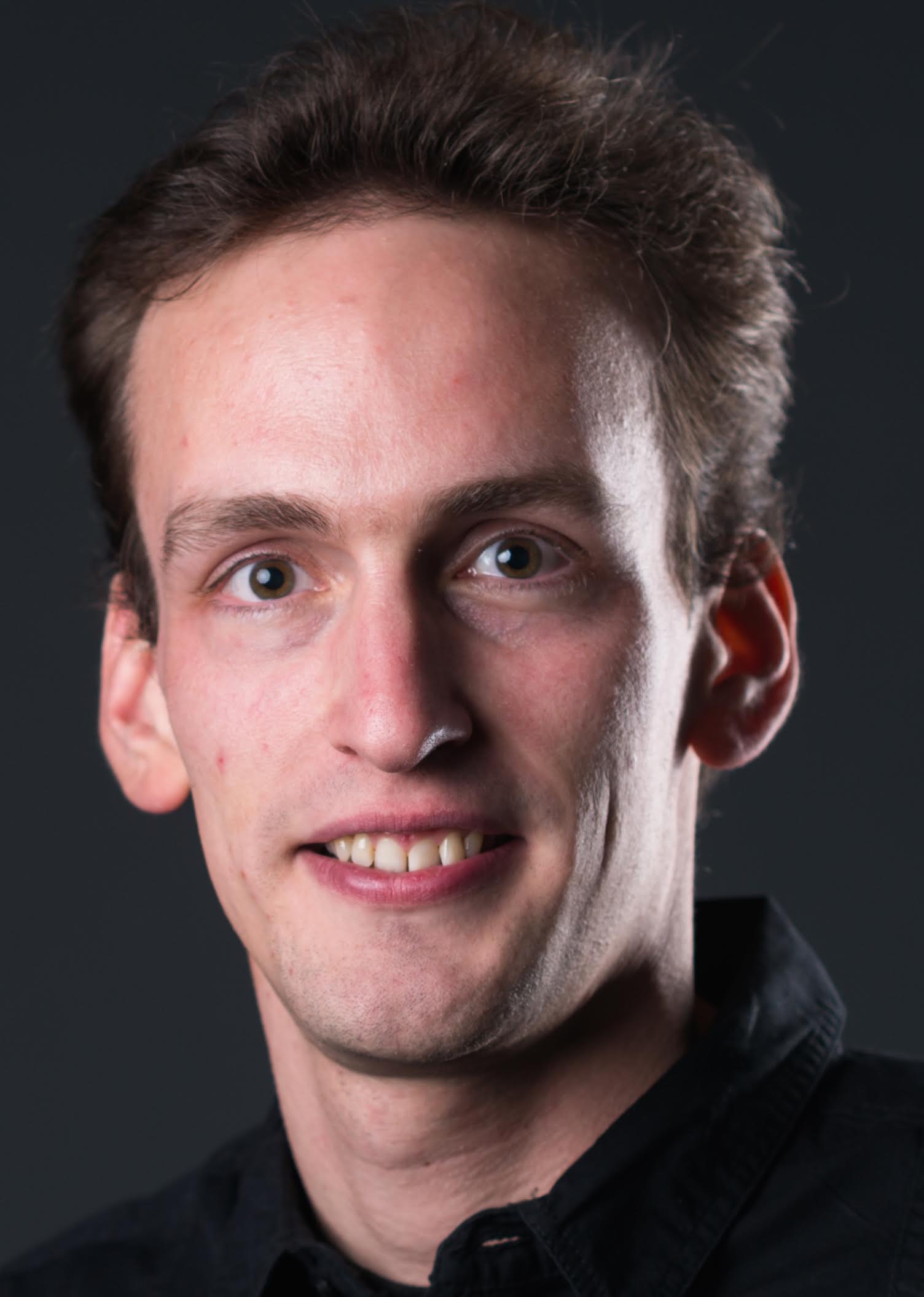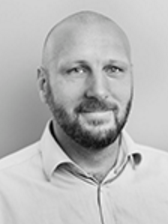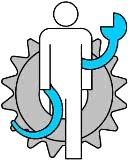| Prof. Maarten De Vos Oxford University THE POWER OF MACHINE LEARNING IN DIGITAL HEALTH
There is currently an exponential growth in numbers and types of connected devices such as tablets, wearables and hand-held devices, that have the potential to revolutionize the amount of data we collect about our health and potentially empower people to live healthier lives. This offers an unprecedented opportunity for consumers to take control of their own health in a highly personalized manner. Despite the enormous potential, there are also still several challenges that have to be dealt with, in particular around compliance, around extracting robust information from noisy datastreams, deriving powerful biosignatures for different diseases and building machine learning models that can predict disease state. We will illustrate how embedded algorithmic power allows to turn different wearable devices into clinical grade systems for improved diagnosis and management of mental health conditions like bipolar disorder, as well as for objective assessment of neurological disorders like Parkinson’s or Multiple Sclerosis.
Biobliography
Prof. De Vos took up his post as Associate Professor in Biomedical Engineering in September 2014, where he founded the Computational Intelligence in Biomedical Monitoring (CIBIM) Laboratory at the Oxford Institute for Biomedical Engineering (IBME) after having a Junior Professorship in Oldenburg, Germany on “Methods on computational Neuroscience”. He is PI and theme leader of the “New sleep and circadian assays” theme in the Sleep and Circadian Neuroscience Institute, funded by a Strategic Award from Wellcome Trust. His research focusses on developing innovative biomedical monitoring techniques and signal processing routines for a range of cognitive and neurological applications. He pioneered the development of a smartphone-linked “behind-the-ear” device that allows for monitoring brain activity of patients in a home environment. He has a strong interest in translational research and consults for different digital health companies. After successful completion of the Biodesign faculty training at Stanford University, he founded and currently directs the Oxford Biodesign programme.
|
 |
| Prof. Christian Gasser Currently, the clinical rupture risk assessment of an Abdominal Aortic Aneurysm (AAA) is based mainly on measuring, and following-up, its largest diameter. Clearly, such global parameters can only give very rough risk indications, and therefore are known to fail frequently in predicting individual risk for AAA rupture. AAA rupture is a local event in the aneurysm wall that often occurs away from location of the maximum diameter. This underlines the severe limitations of the purely diameter-bases risk assessment. In contrast, a biomechanics-based AAA rupture risk assessment inherently supports a local assessment of the wall’s risk of rupture. In addition, it quantitatively integrates many known rupture risk factors like female gender, large relative expansion, intra-luminal thrombus-related wall weakening and high blood pressure. The biomechanics-based AAA rupture risk method has progressed considerably in recent years and can enrich clinical decision making. The present talk aims at reviewing the current state-of-the-art in biomechanics-based AAA rupture risk assessment by summarizing its key underlying concepts: (i) geometry modelling, (ii) biomechanical simulation and (iii) result interpretation. Specifically, the validity of the underlying model assumptions is critically discussed, always in relation to the intended diagnostic objective. Subsequently, reported clinical biomechanics-based AAA rupture risk validation studies are summarized and their clinical relevance is reviewed. The biomechanics-based risk assessment follows a generic approach, which provides plenty of interfaces to incorporate information from different research disciplines. As an example, the final section of this talk suggests integrating growth aspects to (potentially) further improve the sensitivity and specificity of the biomechanics-based risk assessment. In conclusion, despite the fact that no prospective validation studies are reported, a significant and increasing body of validation evidence suggests integrating the biomechanics-based AAA rupture risk assessment into the clinical decision-making process to be beneficial for AAA patients.
Biography T.Christian Gasser is Professor of Biomechanics at the Department of Solid Mechanics at KTH Royal Institute of Technology in Stockholm, Sweden. His scientific work mainly relates to biomechanics-based numerical techniques to solve clinical relevant cardiovascular problems. Previous and current work include: In-vitro experimental characterization of soft biological tissues; clinical studies exploring biomechanical diagnostic parameters; finite strain continuum mechanics of non-linear elastic, visco-elastic, elasto-plastic, damage and failure properties of vascular tissue; cardiovascular flow; medical image processing and image segmentation. Following the Mechanical Engineering education at Graz University of Technology, Prof. Gasser received a PhD degree in Civil Engineering from the same university. In 2008, he received a habilitation in Solid Mechanics and Biomechanics from KTH Royal Institute of Technology, Stockholm, Sweden. Besides teaching graduate and post graduate level courses at KTH Solid Mechanics, he serves a vice director of the BioMEx center at KTH, as well as as a legal expert for skiing accident reconstruction at Graz Higher Regional Court (Oberlandesgericht), Austria. He is one of the co-founders of VASCOPS GmbH. |
 |
KEYNOTE SPEAKERS
